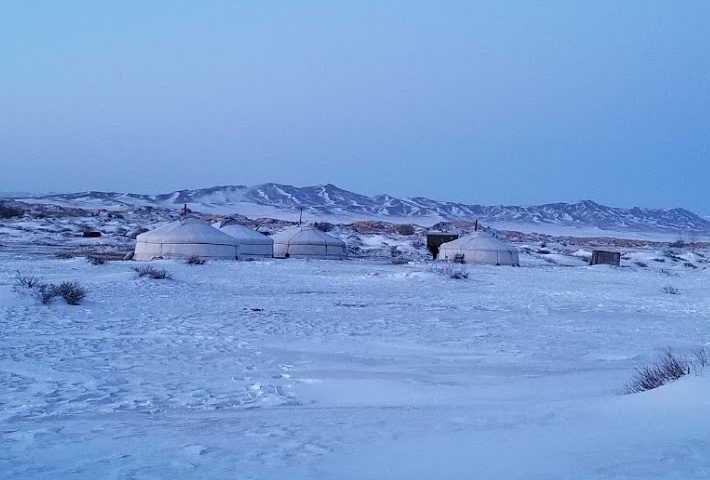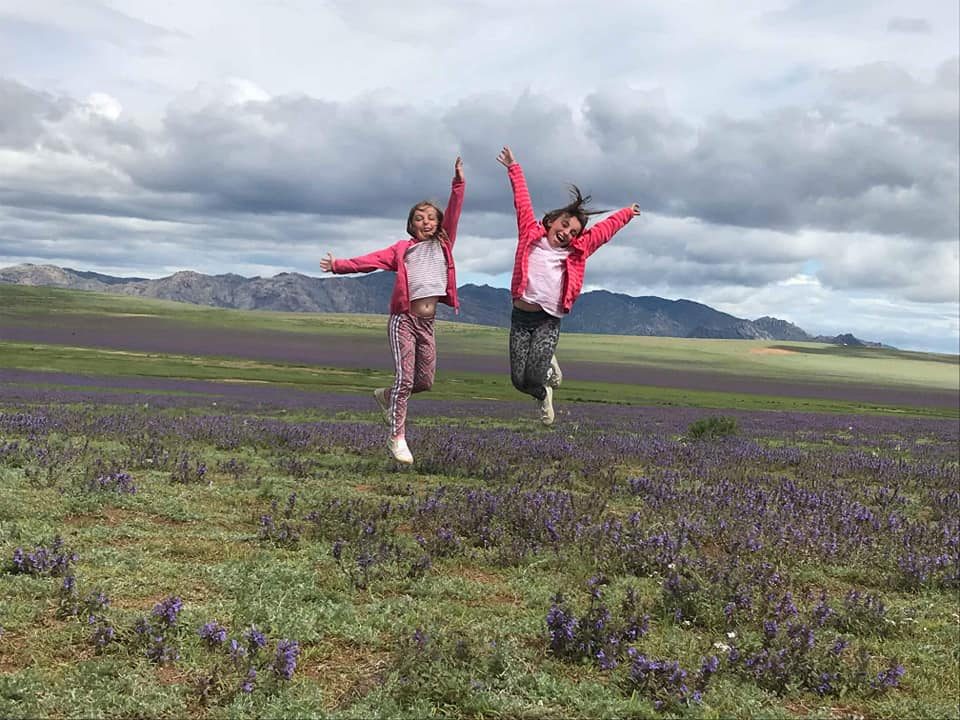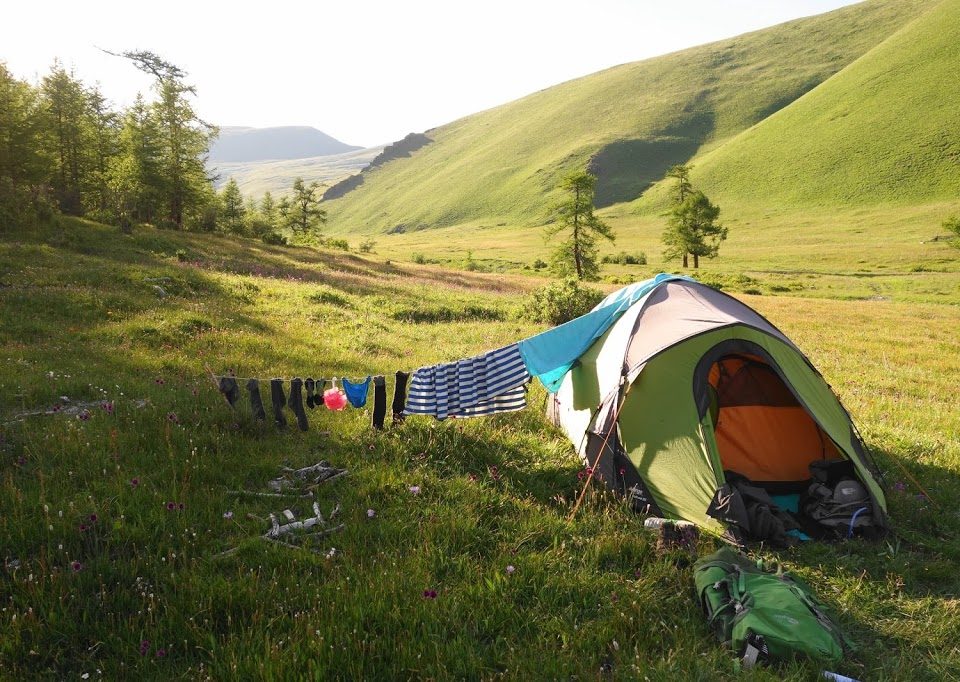Mongolia Winter Trip – Modern Nomads

Mongolia Winter Trip – Orkhon River Valley
October 18, 2019
Books About Mongolia
February 11, 2020Mongolia Winter Trip – Modern Nomads
Our Mongolia winter tours are a celebration of Mongolian tradition and culture. We look at what Mongolians do in the winter and design our winter experiences based on the cultural history of Mongolia – whether that be traditions or festivals. It might also be a focus on typical winter activities such as those we include in our Mongolia winter trip – Modern Nomads.
Guests on our Modern Nomads Mongolia winter trip explore, discover and trek three of Mongolia’s iconic landscapes – open steppe, sand dunes and one of Mongolia’s most important river valleys – the Orkhon. This experience focuses on the rural way of life in winter for three of the families that we work in long-term local community partnerships with – all located within the central heartland.
The experiences are not contrived – we don’t ask the families to alter their way of life to accommodate us. It’s about observing the way in which the people you meet live – all within a background of diverse wild and beautiful winter landscapes.
The Davaasuren Family – Elsen Tasarkhai Sand Dunes
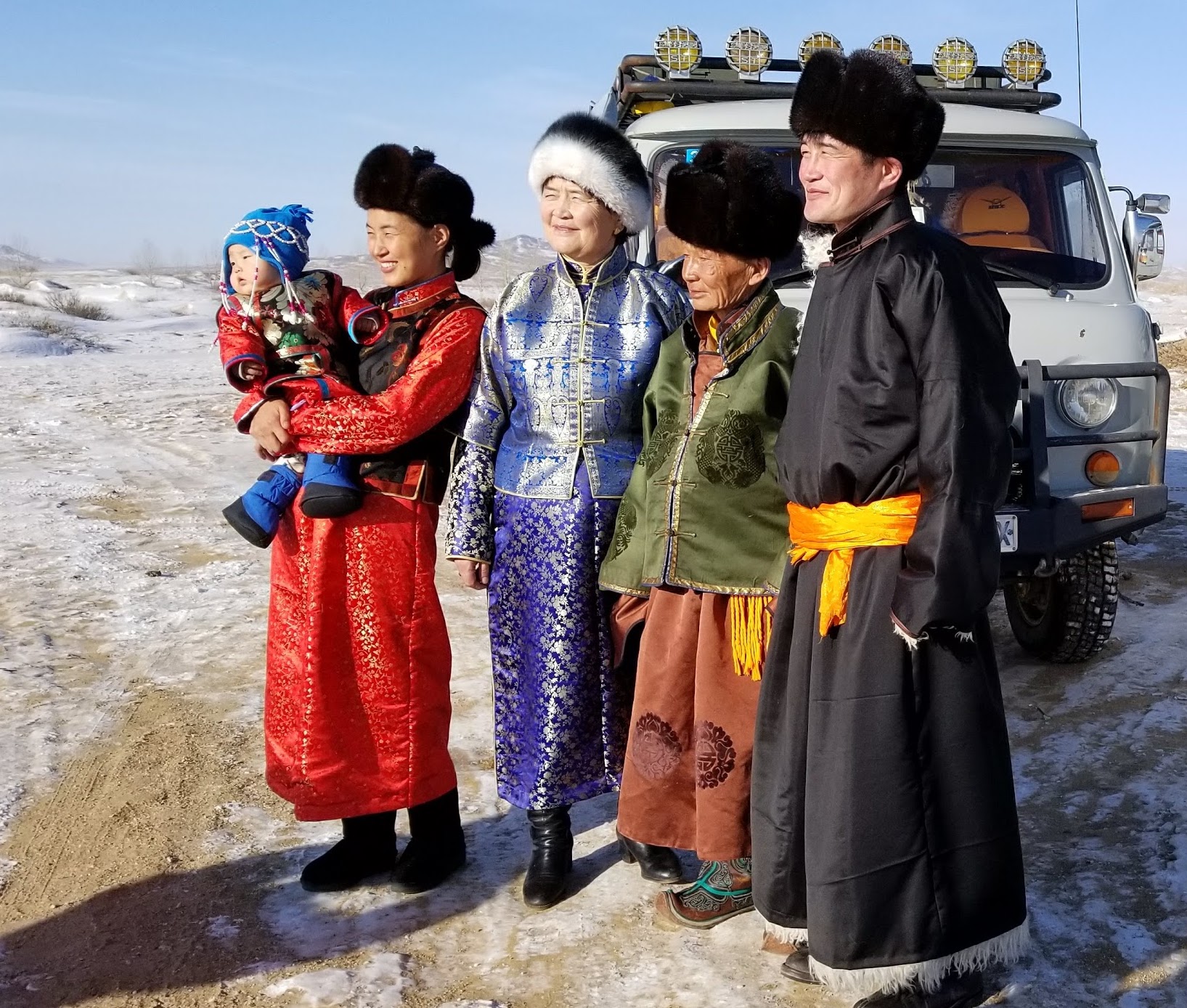
The Davaasuren make their home at Khogno Khan Nature Reserve – at the foot of the Elsen Tasarkhai sand dunes. True, the They have lived in the region their whole life but due to their age, they are no longer nomadic but do keep a small number of livestock – including horses and camels.
A winter camel trek is an adventure true to local traditions as for centuries, up until the 1920s, the Gobi was traversed by camel trains – typically travelling in the winter months – allowing the camels the summer months to recuperate when grazing is best. It is with your host Davaasuren that you can take a two-day winter camel trek – he is at his happiest showing off his home landscapes of Khogno Khan. He’s a bit of an entertainer as well and his camel treks can include sand sculpting, impromptu wrestling matches and singing. You’ll travel on Bactrian (two-hump) camels with their traditional camel saddle of just a woollen carpet but their fantastic winter wool coat will also provide you with insulation as well. It’s a slow and steady pace of travel where you explore the diverse landscapes of the sand dunes, sacred granite mountains, rolling hills and wide-open steppe.
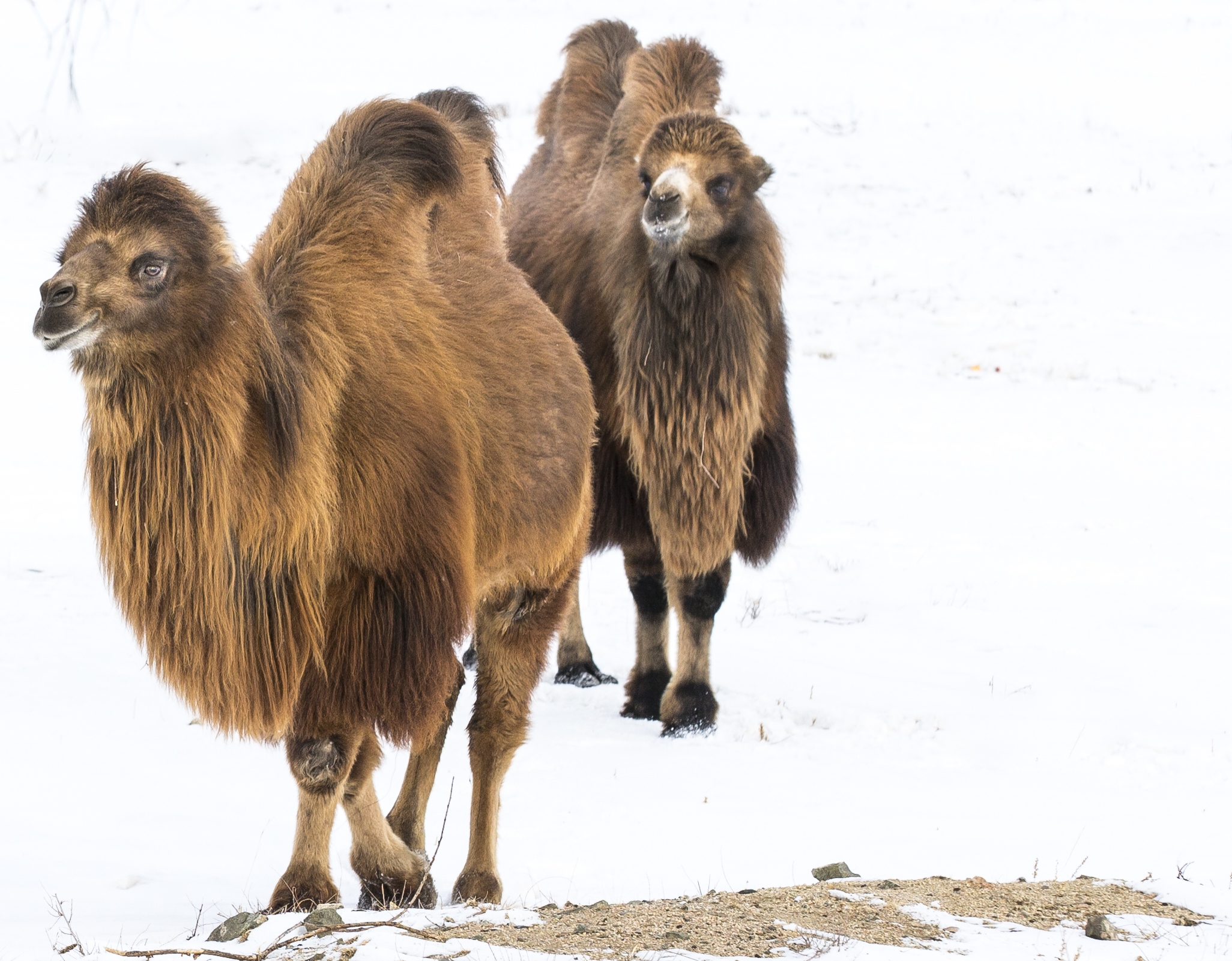
The Tomorbat Family – Orkhon Waterfall

The Tomorbat family live close to the stunning Orkhon Waterfall – also known as Ulaan Tsutgalan. Tomorbat and his wife Nanjilmaa are retired herders but their son and son-in-law are still herders and they milk their yak herds in the early morning. Tomorbat and Nanjilmaa have lived in the region all their lives and their knowledge of the area is vast and we love them for this.
This region is famous in Mongolia for the hand production and traditional decoration of gers. At some point you should ask to visit their home ger – hand made, carved, decorated and painted by Tomorbat himself.

Together with Ma’am – Tomorbat’s son – Maam – we arrange our two-day winter horse trek. The route is left flexible but together with Maam our guests discover the diversity of the Orkhon Valley including its long flat valleys, lava stone fields, barren mountain tops and high open Mongolian steppe, coniferous forests of Siberian Pine and Siberian Larch and sub-alpine meadows.

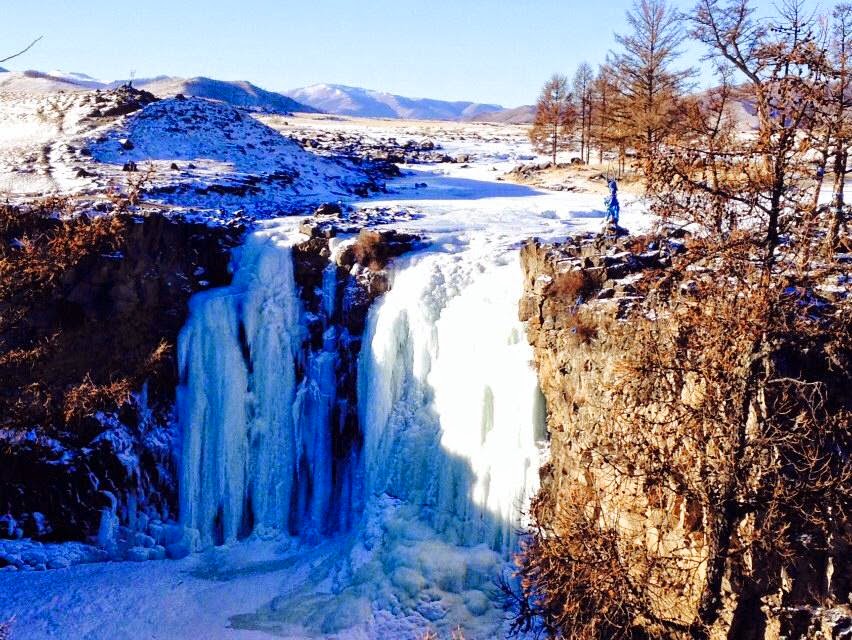
The Tumee Family – Orkhon River Valley

Tumee and Jargaa live in the Orkhon River Valley – one of Mongolia’s four UNESCO World Heritage Sites. It’s a cultural WHS and represents the evolution of nomadic pastoral traditions in Mongolia – this region is considered the cradle of Mongolian civilisation and an area rich in nomadic life as the Orkhon River provides as an essential lifeline for nomads and their livestock.
They are modern-day herders moving up to six times a year. They are local to the area and considered integral members of their local community. – they both went to school in the region and one of their adult sons is a member of the Genghis Khan Polo Club. They are considered integral members of their local community. Although they agree their way of life has challenges, they love it for the sense of freedom it provides. They also say that Mongolia is firmly in the 21st century and although Tumee’s family have motorbikes and also android phones this does not mean their traditional rural way of life is dying out. It just means it is adapting and progressing – as rural life in Mongolia always has done.
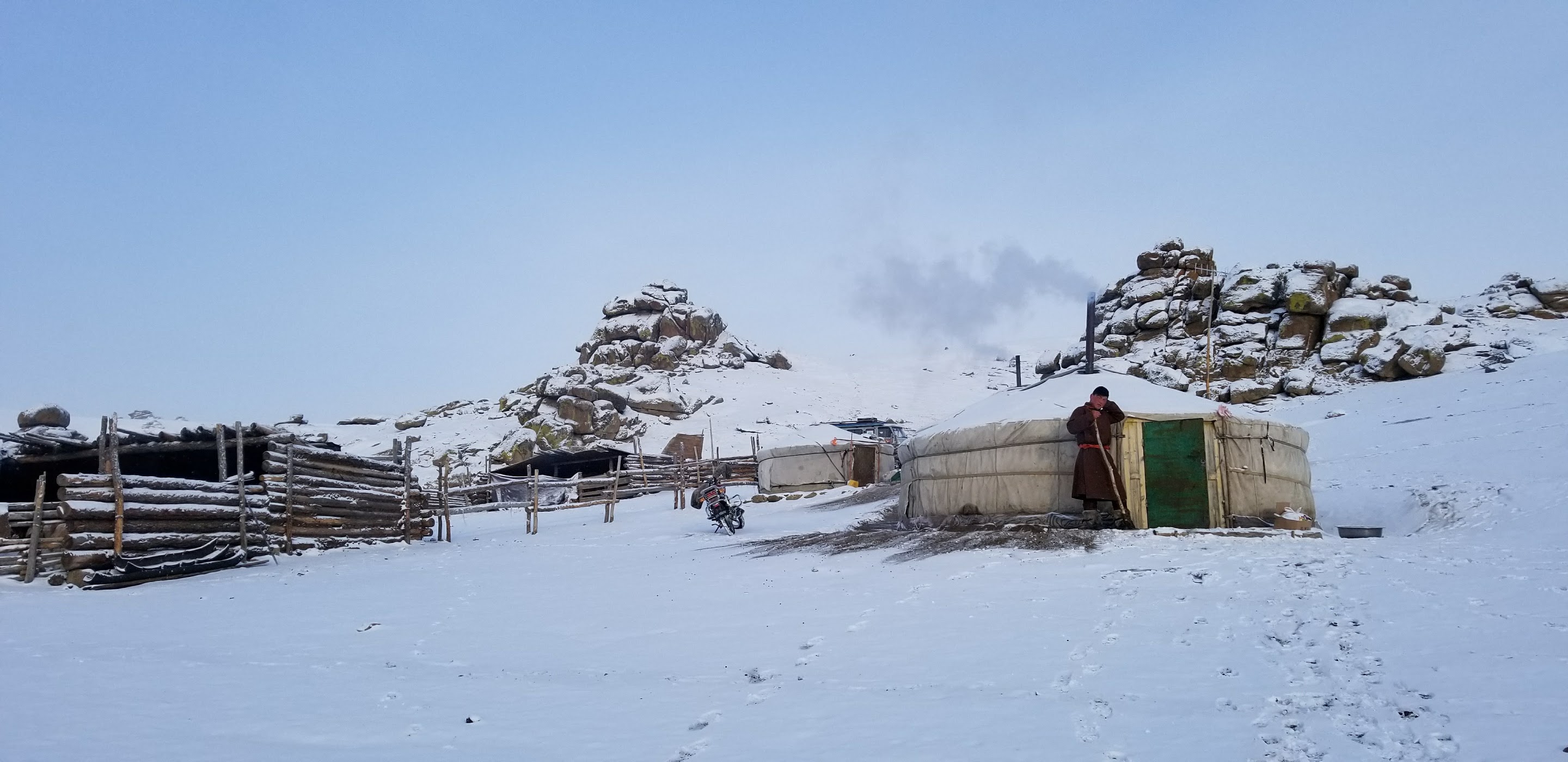

This is Erdene Zuu Monastery (Mongolia’s oldest monastery and part of the Orkhon River Valley World Heritage Site) in Kharkhorin – the ancient capital of Ogodei Khan and the Mongol Empire in the 13th Century.
Jess @ Eternal Landscapes


